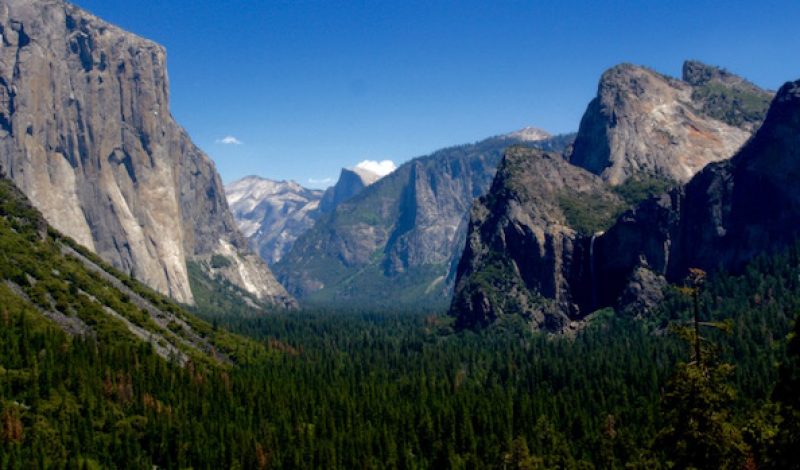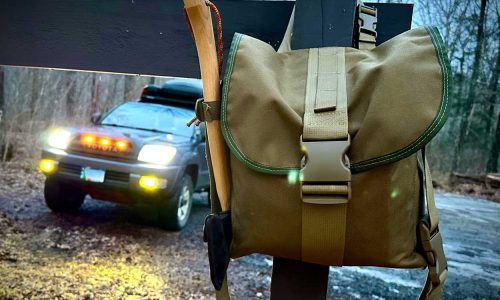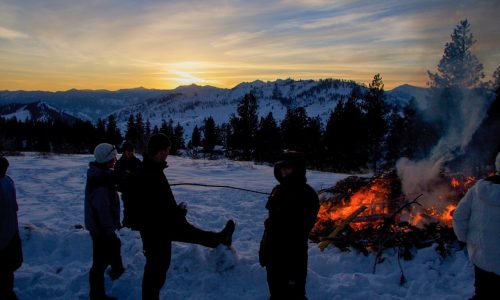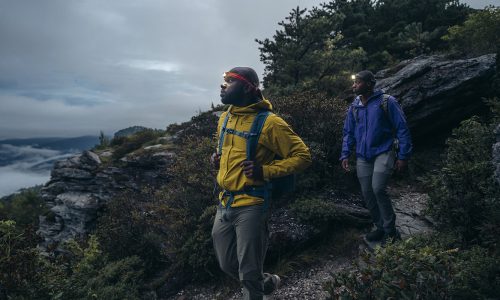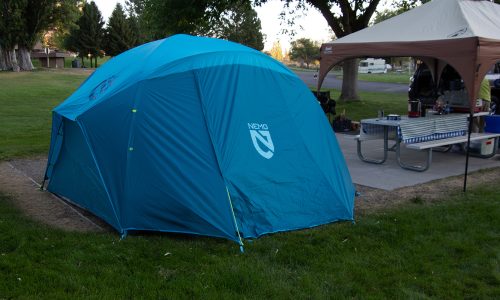
(Image courtesy of Kraig Becker)
From 1996 – 2006, I was – amongst many other things – a gear outfitter at a local camping store. People would come into Mickey Finn’s in Berlin, CT, tell me what their next adventure was, and based on their budget and body type I would outfit them for years of adventuring in the outdoor world. The whole process allowed me to fit people properly into their packs, gave me the opportunity to show them how to operate and maintain their gear, and ultimately helped them take the stress out of getting the right clothing and equipment in an overly-saturated, highly technical market.
Now here we are, almost ten years later, and – for the most part – the landscape has changed. Yes, camping stores with dudes just like me still exist, but they have long ago been pushed aside for the ease and simplicity of getting outfitted on the Internet. A lot of us are still shopping at the same stores we used to physically go to, but we’re doing it online because technology has allowed us to take the outfitting process into our own hands, and has made it wicked easy as well, although it is lacking in personality.
This flip side to this convenience is that it has impacted the brick and mortar stores dramatically. Many are taking product off their shelves because they’re selling it to you online instead, or they’re not stocking as much as they used to as sales have shifted to their websites. In more extreme cases, this shift in shopping methods has shut down some of the gear stores we used to frequent, though more commonly this is due to a combination of online shopping and the arrival of larger chain camping store in the nearby area. The reality is; smaller businesses just can’t offer the volume discounts those larger outlets can.
So, here I am, coming out of “outfitter” retirement to make a few recommendations on to how and where you might consider picking up your next piece of gear, and to ultimately get yourself outfitted for your next adventure in the modern age.
1. Educate yourself.
With the availability of “hassle-free return shipping” at some sites on the world wide web, you can always order stuff in different shapes and sizes until you find just the right fit for your needs. However, that’s not necessarily an efficient way to go about finding the right gear. But the Internet is a vast storehouse of knowledge, with a lot to offer us so before you spend your hard-earned cash, be sure to read reviews – and not just from Gear Institute. Don’t just read what the pros have to say on a particular product, but what your peers are saying as well. You’ll find that people are brutally honest and make some great cross-product recommendations.
Beyond that however, many of us are visual learners who can easily pick up knowledge by watching a couple of educational videos too. Clips on “how to fit a pack” or “how to fix a tear in a tent” can be extremely enlightening. Spending a few minutes in watching these videos – be it through YouTube, a manufacture’s site, or an online store – can really be of benefit to you in the long run.
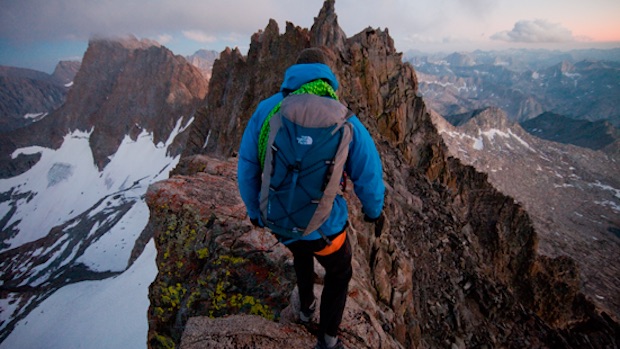
(Image courtesy of The North Face)
2. Go to the store, physically.
There will be never be anything quite as satisfying as walking into a camping store and either picking out your gear yourself, or picking the brain of a knowledgeable employee. In the very least, those folks can help you out in terms of getting fitted for a pack, boots, and base layers. What’s more, is you’ll most likely find those items you may have otherwise missed – little trail trinkets like lip balm or a spare set of laces. If you’re still not convinced: how does free shipping and instant gratification sound? Yeah, baby… That’s the stuff!
3. Head over to eBay.
eBay is well known for being a great place to pick up used or oldler gear, not to mention bits and pieces for maintaining your current equipment. I personally prefer tried and true gear that has been in the market for a while, and in most cases I can head to eBay to find replacement parts – or to wholly replace something that is no longer available. Case in point, I recently scored some unused Chouinard #4 Stoppers and the sleeve for the original JetBoil that included a slot for utensils, all without breaking $20. Additionally, not many folks realize that you can buy new clothes and gear on eBay too and usually at far better prices.
4. Check out Kickstarter.
Kickstarter has grown to be a place where we outdoorsy folks can find a slew of innovative products that are being offered by like-minded individuals. A quick query of Kickstarter’s search engine finds: 30+ Camp Stoves, 50+ Backpacks, 2 Headlamps, and almost two hundred products that fall under “Knife, Multi-tool, or Survival Tool”. What’s more, you get to become part of the whole process and see the product you’re supporting come to fruition – which I find to be pretty cool. The only drawback to Kickstarter is the length of time it takes to get a finished product. But, rest assured – that piece of gear is probably designed better and made from higher quality materials than a majority of items that you’ll find elsewhere.

(Image courtesy of Big Anges)
5. Get out there and live it!
Ultimately the best way to find out exactly what you might need in terms of gear is to actually go out and experience nature head on. There are plenty of lists available that tell you what YOU NEED when you go on a certain adventure; but in all reality we’re all so unique that those lists should really only be used as an entry-level guide, with real-world experience dictating what works best for you.
Additionally, there are a lot of outdoor groups and outdoor stores – such as REI and EMS – that offer clinics on gear and clothing, and some even provide guided-experiences that give you the ability to test out equipment in real life situations such as climbing, camping, or kayaking. I personally was given the opportunity climb Mount Washington and go ice climbing in Franconia Notch with EMS, which also allowed me to test new gear as well. Those experiences were invaluable to my outdoor education, providing insights on exactly what kind of gear I needed for my own adventures.
None of the information in this article can help you pick one brand over another, nor tell you whether or not your shell jacket should be Gore-Tex or DWR, because ultimately the only way to figure that out is through personal experience. I wrote this piece because I know there are a lot of folks who have spent a great deal of time on the trail who still struggle to find the proper gear. Hopefully this post can provide some guidance the next time you need to pick up new boots, shop for a tent, or find parts repair an old stove however, in which case it has served its purpose.

(Image courtesy of Kraig Becker)
On top of that, there’s a whole new generation of folks who are just now finding their way in the outdoor world. They may not have access to the face-to-face outfitting experience that we once took for granted, so this article will hopefully offer them a few alternate options that they hadn’t considered. For them, the best advice I can offer is to use the Internet to educate themselves and connect with other outdoor enthusiasts. That alone should prove invaluable.
Now, dear readers, while we all might be feeling a bit nostalgic for the past, don’t go throwing your computers out the window just yet. We might miss certain elements of a bygone era, but I still have hope for the future. It may be true that Day-Glo CB ski suits will never be a “thing” again, but I have a feeling we’ll adjust to all of this “modern stuff” just fine.








